The turnip green is a vegetable plant mostly grown for its infamous green leaf and bulbous white root.
This vegetable is a constant additive in salads for many households, mainly because of its nutritional values and high vitamin content such as vitamins A, K, C, calcium, and folate.
Turnips are great for any garden, and companion planting is a gardening technique that makes them blossoms even better.
Companion planting makes use of the co-existing properties of plants to ensure soil viability and reduce the chances of pest infestations.
In this guide, you will learn about some of the best turnip companion plants that will be beneficial to your garden, the several benefits involved, and general tips about companion planting to make you an expert DIY companion farmer.
But before we talk about turnip companion planting, what is companion planting?
Table of Contents
What is Companion Planting?
Companion planting is a gardening method that involves planting two or more crops of the same breed together with the sole aim of benefitting yields such as protection against pest control.
It allows you to grow garden produce together, such as vegetables, herbs, and veggies, and to help them reach optimum health.
This technique also helps to keep pests and insects at bay, as well as to help you to maintain healthy soil and to add flavor to the turnip greens.
Having known what companion planting stands for, let's now look at some of the best companion plants for turnip greens:
Turnip Companion Plants
Turnips are easygoing plants that will benefit from several companion plants. You can interplant any of the following companion plants with turnips for optimum health and maximum production.
1. Catnip (Nepeta spp.)
Catnip is a short-lived perennial, herbaceous plant and it’s one of the best companion plants for turnip. Also known as catswort, catmint, and catwort, catnip is a species of the genus Nepeta and belongs to the family of “Lamiaceae.”
It’s native to eastern and southern Europe, Central Asia, the Middle East, and some parts of China. It grows up to 50 to 100 cm (20 to 40 inches) tall and wide and blooms from late spring through autumn. It’s hardy to zones 3 through 9.
2. Garlic (Allium sativum)
A species in the onion genus, Allium, garlic is a perennial flowering plant that grows from a bulb.
It is native to northeastern Iran and Central Asia and has long been used as a common seasoning all over the world, with a history of several thousand years of human use and consumption.
Garlic is best for zones 4 through 9.
3. Garlic Chives (Allium tuberosum)
Garlic chives have an oniony root and belong to the “Liliaceae” family. The plant is usually grown for its beautiful flowers and stems, and is not edible, unlike onions or other types of garlic.
Garlic chives grow between 12 to 15 inches tall and is hardy in zones 5 through 10.
4. Thyme (Thymus vulgaris)
You cannot talk about companion planting turnips without mentioning thymes. They are relatives to the oregano genus Origanum.
Thyme has ornamental, culinary, and medicinal uses, and Thymus vulgaris is the species that is most commonly used for culinary purposes.
Thyme is best cultivated in well-drained soil, in a hot, sunny environment. It is usually planted in the spring season and grows as a perennial afterward. Thyme can be propagated by cuttings, seed, or by dividing the rooted sections of the plant.
It is a drought-tolerant plant and is perennial in zones 5 through 9, or wormwood (Artemesia absinthium) for zones 3 through 9.
5. Onion (Allium cepa)
The onion plant has been grown and bred in cultivation for about 7,000 years. It is a vegetable and is the most commonly cultivated species of the genus Allium.
Onion is a biennial plant but is often grown as an annual. Modern varieties of onion grow to a height of 15 to 45 cm (6 to 18 inches).
6. Peas (Pisum sativum)
Pea is an annual plant that has a life cycle of 1 year, and it’s a cool-season crop that is grown in several parts of the world. Peas can be planted from winter to early summer depending on your location.
You can plant the seeds as soon as the soil temperature gets to 10 °C (50 °F), and the plants grow best at temperatures of 13 to 18 °C (55 to 64 °F).
7. Broccoli (Brassica oleracea var. italica)
Broccoli is an edible green plant and is a member of the cabbage family. Its large flowering head, stalk, and small associated leaves are usually eaten as a vegetable.
Broccoli is a very rich source of vitamin C and vitamin K and can be planted with turnips.
8. Cabbage (Brassica oleracea var. capitata)
Cabbage is a leafy green, white (pale green), or red (purple) biennial plant that is often grown as an annual vegetable crop for its dense leaved heads. It belongs to the genus Brassica and the mustard family.
9. Vetch (Vicia sativa)
Vetch, known as the common Vicia sativa, tare, or garden vetch, is a nitrogen-fixing leguminous plant that is a member of the Fabaceae family.
Although this hardy plant is often seen as a weed when found growing in a cultivated grainfield, it’s often grown as livestock fodder or green manure.
Thyme and catnip are among the best companion plants for turnips as they attract beneficial insects, such as; lacewings, ladybugs, and parasitic wasps, which feed on turnip pests.
Why Companion Planting?
Turnip plants are very tasty and packed with lots of nutritional benefits; their fleshy foliage is an attractive medium for pests and insects.
Turnips are usually grown from seeds during late winter to early spring for summer harvest or from late summer to early fall for a first winter harvest.
Greens can be harvested using the’ cut and grow again’ approach just above the root top, so they can regrow throughout the season without causing any harm to the further development of the root
With a rise in temperature comes an increase in pest activities. Pests such as bugs, flea beetles, Aphids, or cabbage loppers all battle against your tender turnip greens.
Aphids are ⅛-inch-long, pinkish egg-shaped insects that survive on succulents; they suck the juice from the bottom of your turnip leaves.
Flea beetles are insects that are usually brown, 1/18 inch long, which move rapidly and botches tiny round holes in turnip leaves.
On the other hand, cabbage loopers are bright green caterpillars, about 1 ½ inches long, with yellow lines down their backs. They notch the leaves and leave ragged holes in them and are explicitly damaging to seedlings.
These cold weather-loving plants are often ridiculed by these pests and insects if not appropriately guarded. It is essential that when growing your turnips, for a bountiful green harvest, you may need to fight off pests infesting the tender turnip tops and roots.
Planting companion plants help you fight off these destructive pests without putting yourself and other beneficial plants at risk by using chemical pesticides.
They provide you a healthier option of using plants that attract beneficial insects, some that do well in trapping undesiring insects, and plants that repel insects.
What Are The Benefits of Companion Planting?
The benefits of using companion planting are quite simple. Plants are like are living things; just like humans, they thrive on beneficial relationships and companionship. Statistics show that food crops tend to yield up to twice as much when grown with companion plants.
Think of it as building a community full of edible plants in your garden, which will later turn to helpmates. After all, that’s the main idea behind turnip greens companion planting.
There are many endless benefits to companion planting. For example, turnip greens are more flavorful and tasty when planted alongside peas. Likewise, these natural going plants are also simple to harvest and make an excellent food additive.
Here are some of the additional benefits:
It Helps to Minimize Risk
Companion planting helps you increase the odds of higher yield for a good harvest even if one crop dies or gets affected by environmental stressors such as pests, water levels, or diseases.
It also supports the planting of varieties of plants that is beneficial to the soil, the ecosystem, and the gardener. The diversity of the plants leads to insect diversity, causing them to no longer invade in clusters and, in return, decreases the number of insects’ raid in your garden.
Saves Space
Companion planting allows you the luxury of planting more than one plant together. A good example is turnips and garlic or onions. If you maintain a small-sized garden, planting these three crops will help you maximize space.
It also helps with proper planning and spacing between plants. Your plant layout is vital in tackling problematic pests.
Companion planting helps you to avoid planting vegetables in long rows or large patches by interplanting each row with herbs or flowers. Accumulation of one type of vegetables serves as a signal of attraction for these problematic pests.
A mixture of companion herbs and flowers will make it more difficult for pests to find your vegetables. The behavioral changes, as seen in flowers and herbs, their scent, and variation in colors confuse pests and make dwelling and adaptation more difficult for them.
Also, certain species of herbs and flowers attract beneficial insects to your garden.
Crop Protection
Companion planting can help in offering a more delicate plant shelter from environmental factors such as sun or wind, by growing a plant beside another that has a natural defense against such external factors and can shield and protect neighboring plants.
Beneficial Hosting
Planting plants near to another that produces a lot of nectar and pollen can attract and increase the population of beneficial insects that will fight off harmful pests.
Related Posts:
- How to Grow Turnip Greens in a Container
- Sweet Potatoe Companion Plants
- Blue Star Creeper Companion Plants
- Pumpkin Companion Plants
Conclusion | Companion Planting Turnips
Companion planting plays a significant role in maintaining the soil, optimizing the natural resources of the ecosystem, and saving the farmer the stress of dealing with pests’ infestation.
These companion planting techniques provide the soil with long-term stability and diversity to the gardener managing a small-sized farm.
They also offer shelter and shade, fight off crop-destroying insect pests, and increase the quality of garden soil with essential nutrients.
This guide consisting of some of the best turnip companion plants will equip you with all you need to be an expert companion farmer in the next planting season.

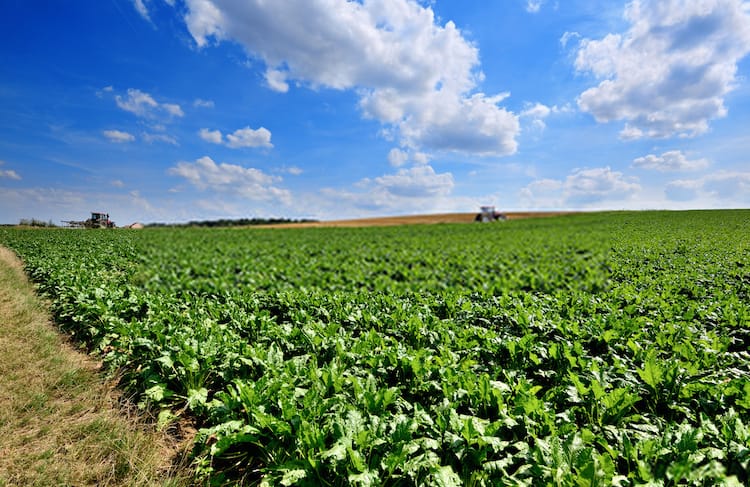
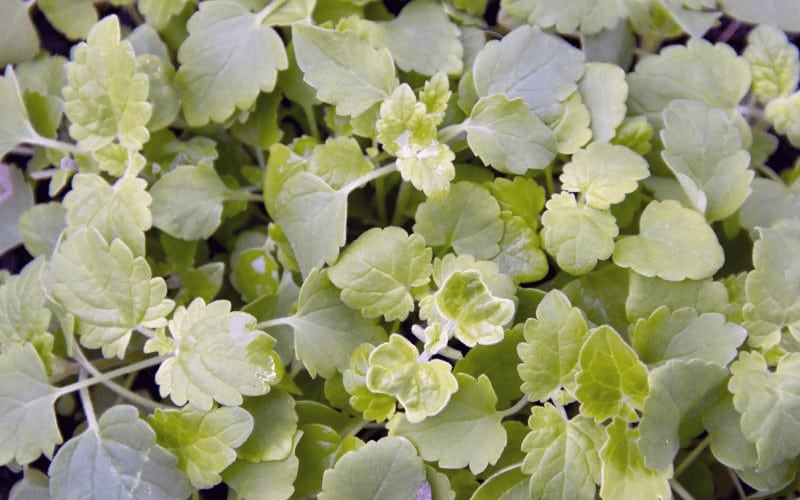

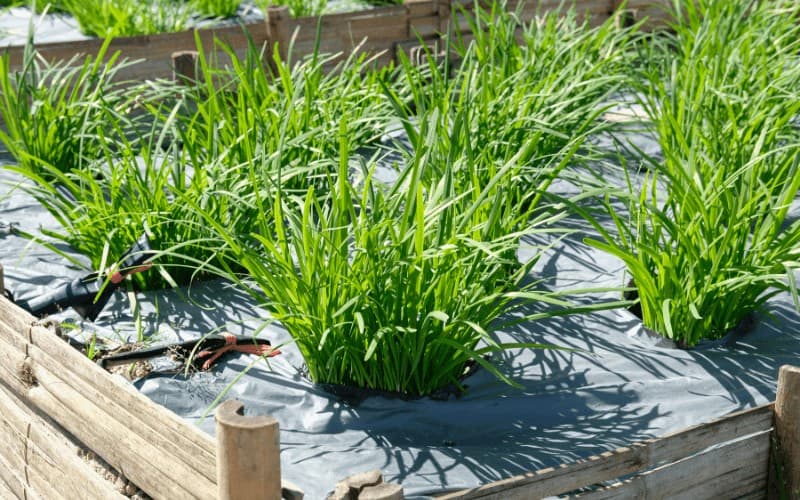






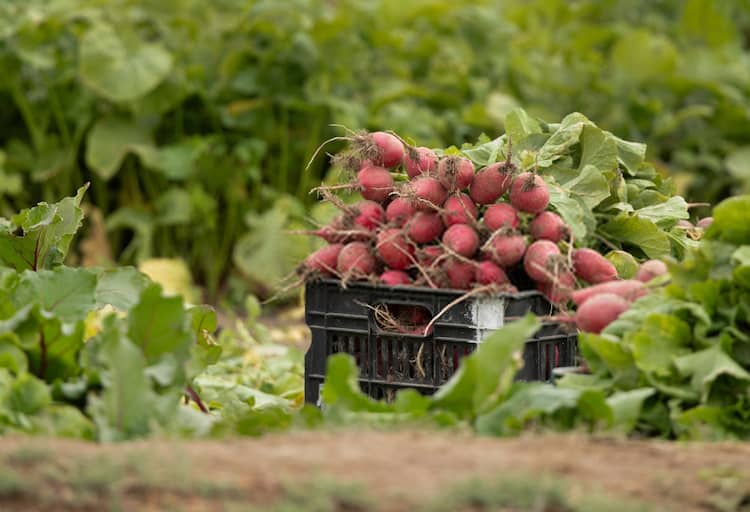
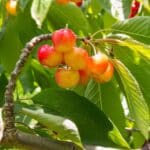



Leave a Reply